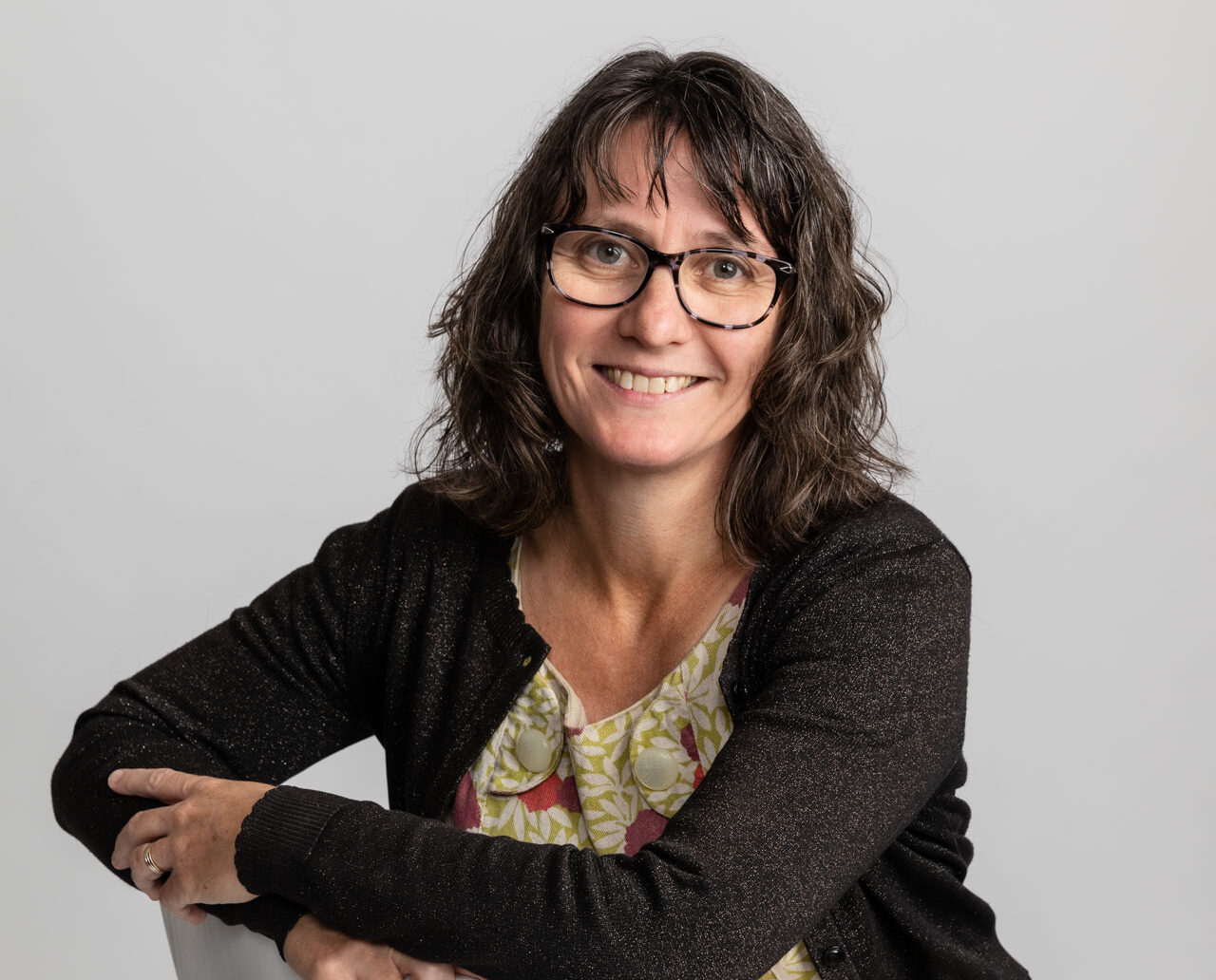Posted 30 November 2022

Two new Australian Research Council grants awarded to SVI scientists will help define why immunity differs from person to person, and why bone strength declines as we age.
Professor Natalie Sims will lead a three-year investigation to better understand the mechanisms resulting in age-related deterioration of the hard outer shell of bone – cortical bone.
“We’ve known for almost 50 years that cortical bone gets more porous as we age, but we still don’t understand how this happens or what drives it,” Natalie explains.
“In this new project, I’ll work with an international team to apply cutting-edge imaging, biomechanical and computational techniques to unpick the intricacies of how bone-building changes through the lifespan.”
“This new knowledge presents tantalising opportunities not only to develop better treatments for osteoporosis, but to improve surgical implants for knee and hip replacements and to engineer better load-bearing materials for manufacturing cars, planes and buildings.”
“Bone really is a completely fascinating substance.”
Separately, SVI’s Dr Julian Vivian has been jointly awarded an Australian Research Council grant with the University of Melbourne’s Professor Andrew Brooks. The pair will investigate how genetic variation affects the function of ‘Natural Killer’ cells, a type of white blood cell that provides front-line protection against viruses and cancer.
“Each person’s immune response is notoriously difficult to predict – just think of how Covid-19’s effects have differed from person to person,” says Julian. “Our team want to understand how each person’s individual genetics drive that diversity of immune response, through differences encoded into our Natural Killer cells.”
“Every Natural Killer cell has a range of receptors that enable it to detect infected cells and also cells ‘gone wrong’, which can lead to cancer. We know that receptors range widely in different individuals, largely based on our genetic make-up – so your immune response to a specific virus may be slightly different to mine. However, the precise mechanisms governing these receptors are not well understood – that’s where our project is focused.”
“Ultimately, better knowledge of the links between our individual genetics and the receptors on Natural Killer cells will make a big difference to the effectiveness of treatment for a range of diseases. Our work will help inform the delivery of more ‘personalised’ treatments that have the greatest likelihood of success with the least side-effects.”
Collaborators on Professor Natalie Sims’ project are: Dr Rita Hardiman (The University of Melbourne),
Dr Richard Weinkamer (Max Planck Institute of Colloids and Interfaces, Germany), Assistant Professor Davide Ruffoni (University of Liege, Belgium), and Dr Stéphane Blouin and Dr Markus Hartmann (both from Ludwig Boltzmann Institute for Osteology, Austria).
SVI acknowledges the support of the Australian Research Council’s Discovery Projects scheme, funded by the Australian Government.